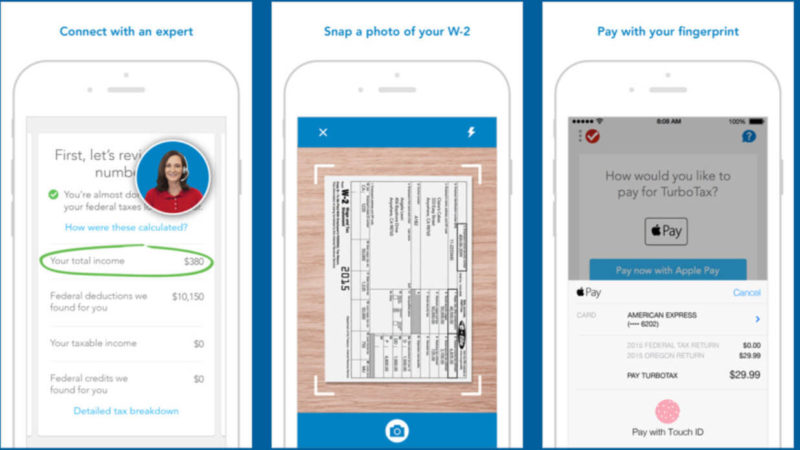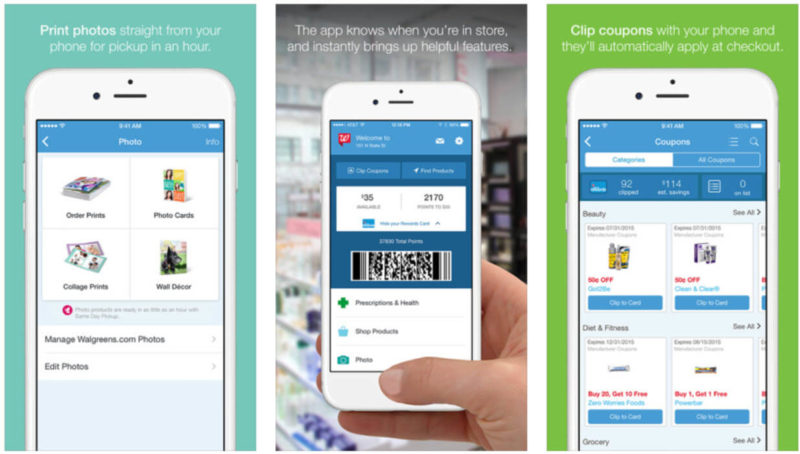3 big brands on the cutting edge of mobile share secrets to their mobile-first success
How do you go beyond being just mobile-friendly to become mobile-first? Columnist Bryson Meunier talks to three leaders in the space to gain some insight.

For this article, I reached out to three such brands, Hotwire, TurboTax and Walgreens, to talk about how and why they decided to go beyond mobile-friendly to a multiscreen experience that considers mobile users first.
The mobile-first experience
If you’re not one of the millions of Android and iPhone users who are estimated to have installed one of these apps, I’d highly recommend you do so, not just as a potential customer, but as a marketer looking to understand how to better leverage the specific properties of mobile to reach your potential customers.
I know there are plenty of companies that are thinking mobile first these days, but I selected these three because each of them does three things very well:
- They have a mobile web presence that works across devices. This can be any of the three mobile configurations Google recommends, but the end result is that users can do what they’re looking to do, regardless of the device they use. Walgreens and TurboTax have responsive sites with server side elements, and Hotwire’s mobile site uses mobile URLs; but they all allow users to access features across multiple screens.
- They go above and beyond content parity, using the specific features of mobile devices like cameras and GPS to give mobile users the ability to do things in their app they can’t do on their website. Walgreens, for example, has an app that knows when you’re in one of its 8,100+ stores across the US and will bring up features most useful to someone who is shopping in-store, like their rewards program and in-store specials and coupons.TurboTax’s app lets tax preparers scan their W2s and import them into the program and gives them direct access to experts through video calling.
- They integrate with wearables to provide value to early adopters. The Hotwire app integrates with the Apple Watch to send reminders throughout your trip, letting you know when it’s time to check in, and even tells you the cost of nearby gas prices when you’re returning your rental car.
The Walgreens app lets you know on your smartwatch when it’s time to take your pills.
Why mobile first?
As those 40 percent of sites that aren’t mobile-friendly can attest, it’s difficult enough to convince everyone in an organization to be mobile-friendly, let alone to build mobile first. So I asked Alex Otrezov, senior director of paid search operations at Hotwire; Courtney Ferguson, senior mobile product manager for TurboTax; and Benjamin Weiss, mobile product manager at Walgreens, to help me understand why they don’t choose to leverage a single experience across all platforms.
For Ferguson at TurboTax, not providing these kinds of experiences to mobile users would invite a more nimble brand to take their customers. “Due to the explosive growth within mobile, if your brand or company is not thinking of how to become ‘mobile first’ or leveraging the capabilities of the mobile platform, you will be disrupted,” she said. “As the world is evolving to connected and ‘always-on’ experiences, it is best for companies to think about how they can change and evolve with it in order to delight and stay relevant to customers.
“Two years ago, we decided as an organization that we would lean into a ‘mobile first’ mentality in everything we do; from design to services, everything starts with mobile. Similar to most brands, our customers’ behaviors are radically changing; they’re more mobile and more compressed for time. We have to be where they are, and articulate compelling value, quickly and often on a small screen.”
Hotwire’s Otrezev pointed out that for his company, providing a great experience in the app is easy because the user is logged in, so they have more context with which to customize the experience. He also said, “We know that mobile app users tend to be ‘power users,’ so leveraging the mobile platform to fit their needs while traveling was very important.”
Walgreens’ Weiss said his company is focused on providing a great experience in the app and on the web, but that “differences in the technology that underlie both web and app mean there are unique opportunities within each channel — and that’s what Walgreens is always looking to leverage.”
So why mobile first? There’s no one good answer to the question, which will vary based on the size of your organization and the needs of your customers, but these three companies think it’s a natural fit for their brands and the customers they serve.
How did they do it? Best practices for the rest of us
So you want to consider mobile users first. Where do you start?
Otrezov said it comes down to knowing the customer and anticipating features they haven’t thought to ask for. “We listen to users, research how they travel and their experiences and even conduct focus groups in which we watch how they interact with our product.
“We also spend a decent chunk of time analyzing our mobile web and desktop trends. After identifying their needs and trends, we focus on solving their pain points by thinking through situations in which travelers are on the go.”
Walgreens’ Weiss said mobile is simply an extension of the company’s broader strategy. “At the core, Walgreens digital strategy is designed to provide customers with ultimate access, choice and convenience. We’re a customer- and patient-led company that aims to help remove friction and make the experience as personalized and simple as possible, helping our customers manage their lives.
“For us, [mobile] is about giving customers new ways to connect with Walgreens (e.g., refilling a prescription, printing photos, posters and cards, accessing coupons, etc.) in mere seconds, and leveraging our convenient retail footprint to help get products into customers’ hands that very same day. We spend a great deal of time testing our experiences (with customers) before they go out broadly. That process is something I can’t recommend enough to other brands that are looking to deliver that highly polished mobile experience that just works.”
Simply put, mobile first, for these brands, is user first.
Test to discover pain points for your audience, and design a great experience for them on whatever platform they are using — leveraging the unique properties of the platform to solve more customer problems than you can on other platforms.
The benefits of being mobile first
Theoretically, this all makes sense, but does it translate to real-world business success? Again, these companies answered in the affirmative.
Not only did these mobile-first features drive downloads, but customers are using them as well. TurboTax, which is in an industry that you might not expect to be as mobile-forward as travel, said that 50 percent of their customers “now touch the mobile experience in some way, shape or form via mobile web or app.”
And people are using app features that don’t also appear on the mobile web or desktop. This past tax season, Ferguson said, “customers snapped 5 million photos of tax documents with mobile devices, up 4x versus last year; [that] represents 25% of all documents imported into TurboTax.”
Walgreens’ Weiss said their test results further strengthened their commitment to mobile users: “We’ve been able to gauge customer feedback to adjust our strategy in real time and predict where customer behavior is going next.
“For example, we compared customers who only shop in-store with those who shop in-store and through our mobile app. We’ve found that the mobile user spends four times as much with us annually as an in-store-only shopper. This real-time research allowed us to place an emphasis on mobile to reach and deepen our relationship with some of our best customers.”
Many thanks to Hotwire, TurboTax and Walgreens for volunteering to help other marketers understand the benefits of a mobile-first mindset. Hopefully, this has inspired you to think about how creating content and features exclusively for more mobile users can help both your customers and your business.
Opinions expressed in this article are those of the guest author and not necessarily MarTech. Staff authors are listed here.
Related stories


 The Walgreens app lets you know on your smartwatch when it’s time to take your pills.
The Walgreens app lets you know on your smartwatch when it’s time to take your pills.
